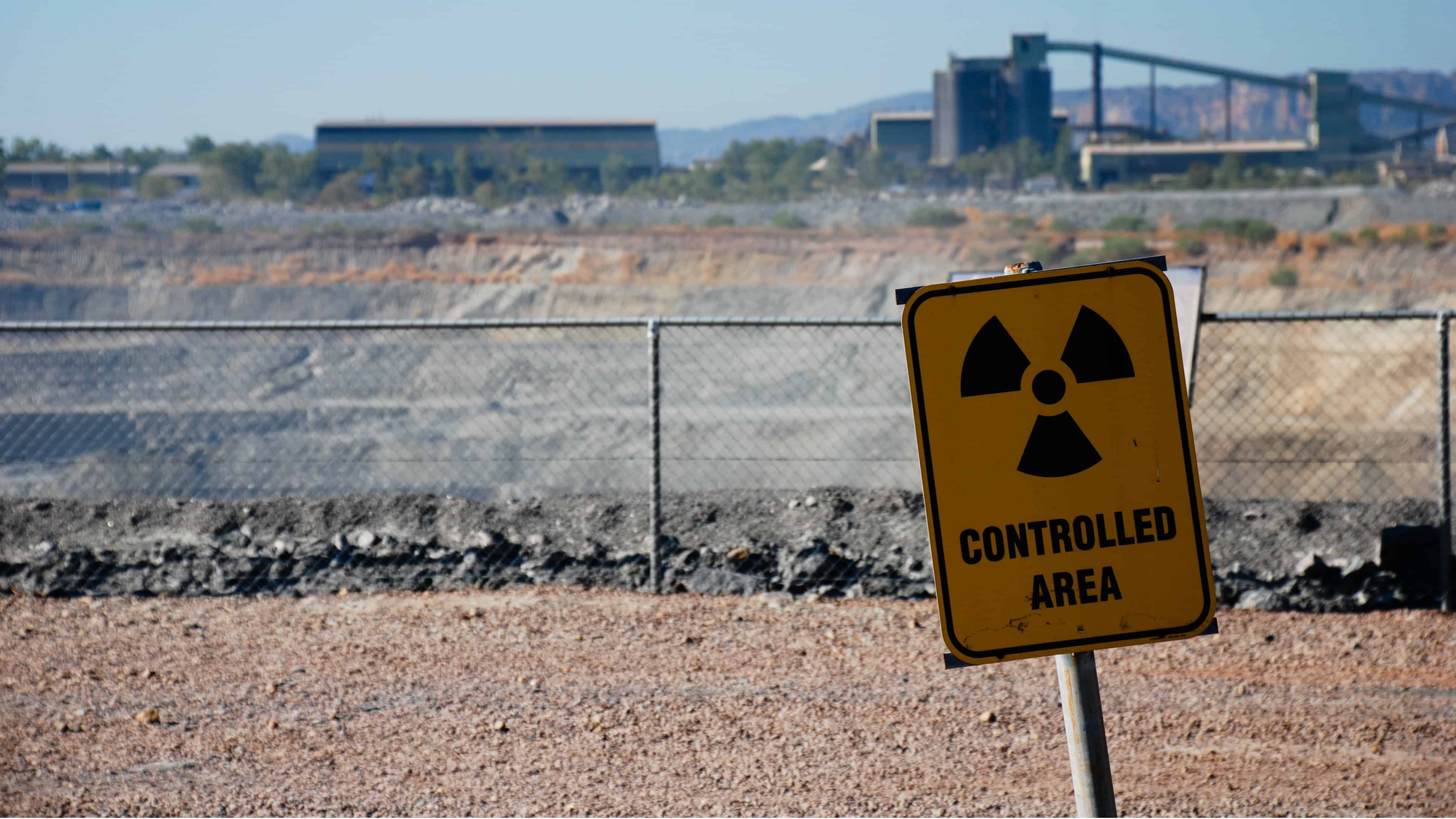Embattled uranium miner Cameco Corp. (TSX:CCO)(NYSE:CCJ) has finally accepted reality and slashed its dividend by a massive 80%, despite the iterations of management that the company’s fortunes were due to improve. This drastic measure was taken because of the poor performance of uranium and the dismal outlook for the radioactive metal.
While some analysts keep talking up the prospects of uranium, including miners such as Cameco, it has been increasingly clear for some time that the heady days of nuclear power are over and that Cameco has become a classic value trap.
Now what?
In conjunction with the dividend cut, Cameco elected to suspend production from its McArthur River mine, which is the world’s largest uranium mine, for 10 months from January 2018. The decision also includes ceasing operations at its Key Lake mill. The miner intends to meet its commitments to customers and other demands from its existing uranium inventories, which were valued at over $1 billion at the end of the third quarter 2017.
The decision to halt production at McArthur River and the Key Lake mill makes sense for Cameco because a large portion of that production was destined to be retained by the miner. That means it will prevent the further build-up of uranium stocks in an environment where demand and prices remain weak.
The company plans to maximize the value of its existing uranium inventories by using them to meet higher contractual requirements, where it receives a much higher price than in the depressed spot market.
While such a hefty dividend cut is bad news for investors, it makes sense for Cameco by helping to reduce capital outflows and protect its balance sheet in what is a challenging operating environment.
Key for Cameco is the view held by some analysts and industry insiders that uranium is bound to experience a sustained recovery over the medium to long term because of tighter supply and higher demand.
According to some industry analysts, the prolonged slump has led to a significant downturn in investments in new uranium projects, which, over time, will trigger supply constraints. They also believe that there will be a considerable uptick in demand for uranium as the 56 nuclear reactors currently under construction across the world come online.
What they are ignoring, however, is that new plants coming online are largely being balanced by older reactors being retired. Many of the nuclear plants under construction won’t be operable for at least another 10 years with many, according to the World Nuclear Association, behind schedule. Those factors certainly don’t bode well for a critical enough lift in demand to sustain higher uranium prices at any time in the foreseeable future.
The rising popularity of renewable energy plants is also weighing heavily on demand for uranium. In many cases, renewable sources of electricity are cheaper than nuclear power, and in the event of critical failure, they don’t pose the same catastrophic risks to life or the environment.
That coupled with the ongoing battle against global warming has seen renewables become a highly desirable form of power generation. While advocates of nuclear power point to renewables’s inability to provide a stable form of baseline power, rapidly evolving technological improvements in renewable electricity production and storage are steadily overcoming this disadvantage.
So what?
It is extremely difficult to see any renaissance for nuclear power and uranium miners commencing any time soon. Environmental factors along with improving technology and lower costs are making renewable sources of energy more economic as well as appealing. That makes the outlook for Cameco uncertain, particularly when its ongoing tax dispute with the Canada Revenue Agency could leave it with an additional $2.2 billion tax bill, making it an unattractive investment.








